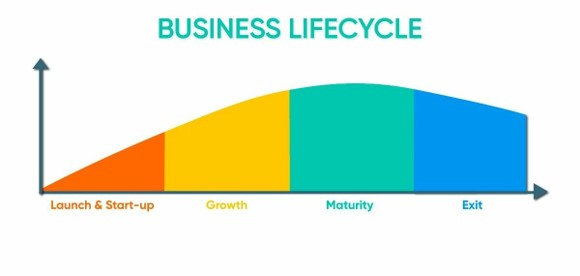Strategic development involves the systematic planning and implementation of initiatives to achieve specific objectives and propel an organization toward its long-term goals. It encompasses a range of activities, from defining the organization's mission and vision to outlining strategies, allocating resources, and monitoring progress.
Define Mission and Vision: Clearly articulate the organization's mission, which explains its purpose and the value it brings. Develop a vision statement that describes the desired future state and aspirations of the organization.
Conduct a SWOT Analysis: Evaluate the organization's internal strengths and weaknesses, as well as external opportunities and threats (SWOT analysis). This analysis informs strategic decision-making by identifying areas for improvement and potential advantages.
Set Objectives and Goals: Establish specific, measurable, achievable, relevant, and time-bound (SMART) objectives and goals. These should align with the organization's mission and vision and serve as benchmarks for success.
Environmental Scanning: Continuously monitor the external environment for changes in market trends, technology, regulations, and other factors that may impact the organization. Stay informed about industry developments.

Competitor Analysis: Understand the strengths and weaknesses of competitors. Identify opportunities to differentiate your organization and gain a competitive advantage.
Develop Core Competencies: Identify and nurture core competencies—unique capabilities that give your organization a competitive edge. Invest in developing and maintaining these strengths.
Strategic Options: Evaluate strategic options and alternatives. Consider different approaches, such as market expansion, product diversification, partnerships, or mergers and acquisitions.
Prioritize Initiatives: Prioritize strategic initiatives based on their alignment with organizational goals, potential impact, and available resources. This ensures focused efforts on high-priority areas.

Resource Allocation: Allocate resources strategically, including financial, human, and technological resources. Ensure that resources are deployed efficiently to support the chosen strategies.
Implementation Plan: Develop a detailed implementation plan that outlines specific actions and responsibilities.
Performance Metrics: Establish key performance indicators to measure progress and success.
Risk Management: Identify potential risks associated with the strategic plan and develop risk mitigation strategies.
Stakeholder Engagement: Engage with key stakeholders, including employees, customers, investors, and community.

Organizational Culture: Align the organizational culture with the strategic goals.
Continuous Review and Adaptation: Regularly review the strategic plan, assess its effectiveness, and adapt it as needed.
Technology Integration: Strategically integrate technology to enhance organizational processes and improve effectiveness.
Feedback Mechanisms: Establish mechanisms for gathering feedback from internal and external stakeholders.
